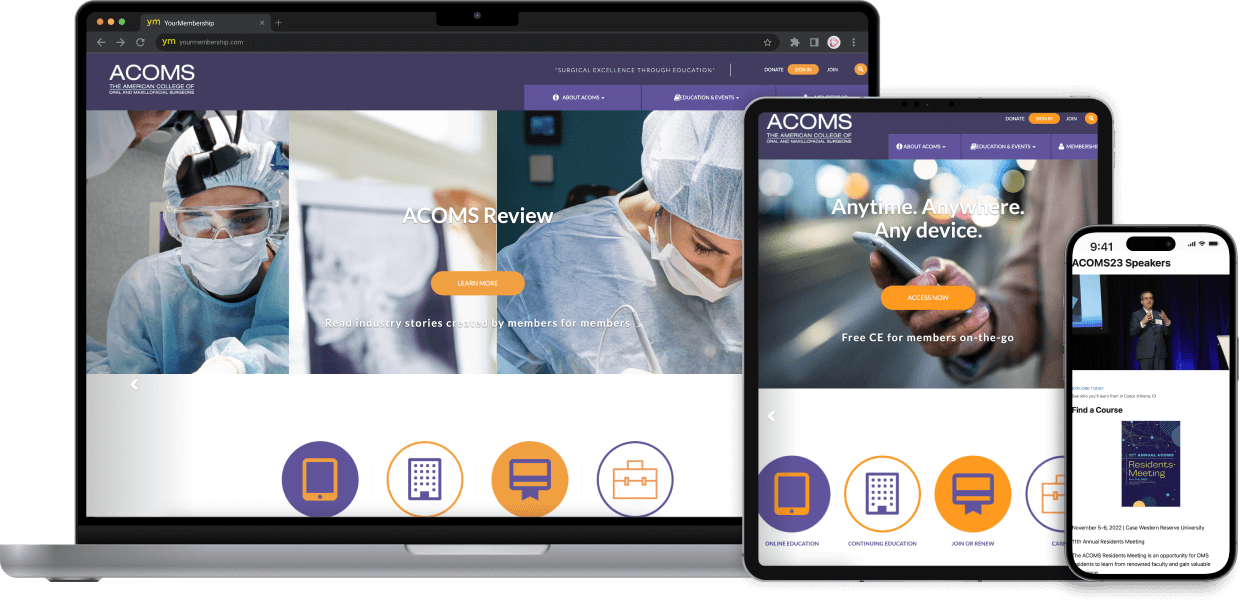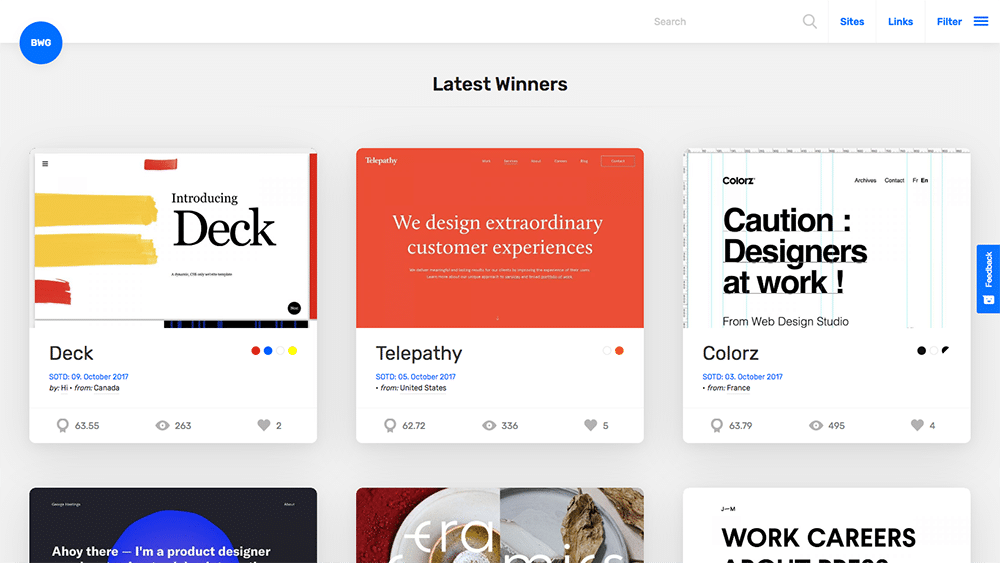Website Design Concepts to Improve Customer Interest
Important Concepts of Website Style: Producing User-Friendly Experiences
In the world of internet site style, the development of user-friendly experiences is not simply a visual pursuit however a fundamental requirement. Necessary concepts such as user-centered layout, intuitive navigating, and availability function as the backbone of reliable electronic platforms. By concentrating on user demands and preferences, designers can foster involvement and complete satisfaction, yet the implications of these principles extend past simple capability. Recognizing just how they intertwine can considerably impact a site's total efficiency and success, triggering a more detailed exam of their private functions and cumulative impact on user experience.

Relevance of User-Centered Layout
Focusing on user-centered design is essential for producing effective internet sites that fulfill the needs of their target market. This strategy places the customer at the center of the style procedure, guaranteeing that the website not only works well yet likewise resonates with customers on a personal degree. By recognizing the customers' choices, goals, and actions, developers can craft experiences that cultivate interaction and fulfillment.

Additionally, adopting a user-centered design ideology can result in enhanced ease of access and inclusivity, satisfying a varied audience. By taking into consideration different individual demographics, such as age, technical efficiency, and social histories, designers can produce sites that are inviting and practical for all.
Inevitably, prioritizing user-centered style not only improves individual experience yet can additionally drive vital company results, such as increased conversion rates and consumer loyalty. In today's affordable digital landscape, understanding and prioritizing user needs is an essential success variable.
User-friendly Navigating Structures
Effective internet site navigation is usually an essential consider improving customer experience. Intuitive navigation structures make it possible for users to locate information rapidly and efficiently, minimizing aggravation and boosting involvement. An efficient navigation menu need to be straightforward, logical, and constant throughout all pages. This enables individuals to prepare for where they can locate details web content, thus promoting a smooth browsing experience.
To create intuitive navigating, designers should prioritize quality. Labels need to be detailed and acquainted to users, staying clear of lingo or ambiguous terms. An ordered structure, with main classifications resulting in subcategories, can additionally aid users in comprehending the partnership in between various areas of the site.
Furthermore, integrating visual hints such as breadcrumbs can direct users with their navigation path, permitting them to easily backtrack if required. The incorporation of a search bar likewise boosts navigability, providing users route accessibility to content without having to navigate via numerous layers.
Adaptive and receptive Designs
In today's electronic landscape, ensuring that websites function effortlessly across various devices is crucial for individual contentment - Website Design. Adaptive and responsive formats are 2 vital techniques that allow this capability, providing to the diverse variety of screen dimensions and resolutions that individuals may come across
Receptive layouts use fluid grids and flexible pictures, allowing the internet site to instantly readjust its elements based upon the display measurements. This strategy supplies a consistent experience, where material reflows dynamically to fit the viewport, which is particularly advantageous for mobile individuals. By making use of CSS media questions, developers can create breakpoints that optimize the layout for different gadgets without the requirement for different designs.
Flexible layouts, on the various other hand, make use of predefined designs for details screen dimensions. When an individual accesses the website, the web server spots the gadget and serves the ideal design, ensuring an enhanced experience for varying resolutions. This can cause much faster loading times and boosted efficiency, as each format is tailored to the gadget's capabilities.
Both adaptive and responsive styles are critical for boosting individual interaction and contentment, eventually adding to the website's overall effectiveness in fulfilling its goals.
Regular Visual Power Structure
Establishing a regular aesthetic pecking order is essential for leading individuals with a website's content. This concept makes sure that info exists in a way that is both appealing and user-friendly, permitting users to easily browse and understand the product. A well-defined pecking order employs numerous layout aspects, such as dimension, spacing, color, and comparison, to develop a clear difference in between various kinds of content.

In addition, constant application of these visual signs throughout the web site cultivates familiarity and trust. Users can swiftly find out here discover to identify patterns, making their communications more effective. Eventually, a solid aesthetic pecking order not just boosts customer experience yet likewise boosts total website usability, encouraging much deeper interaction and facilitating the preferred actions on a site.
Ease Of Access for All Customers
Ease of access for all customers is a fundamental aspect of internet site style that ensures every person, no matter of their impairments or capacities, can involve with and advantage from on the internet content. Designing with access in mind includes implementing methods that suit varied user needs, such as those with aesthetic, acoustic, electric motor, or cognitive problems.
One important guideline is to stick to the Web Material Access Guidelines (WCAG), which give a structure for producing available visit the site electronic experiences. This includes utilizing adequate shade comparison, providing text alternatives for pictures, and guaranteeing that navigating is keyboard-friendly. Furthermore, using receptive design methods makes certain that websites operate effectively across numerous devices and display dimensions, additionally enhancing ease of access.
An additional essential variable is using clear, succinct language that prevents jargon, making content understandable for all individuals. Involving customers with assistive innovations, such as screen readers, requires mindful attention to HTML semantics and ARIA (Obtainable Rich Net Applications) duties.
Eventually, prioritizing availability not only satisfies legal commitments yet likewise expands the audience reach, fostering inclusivity and boosting customer complete satisfaction. A dedication to ease of access shows a commitment to creating fair electronic atmospheres for all customers.
Verdict
In conclusion, the necessary concepts of site layout-- user-centered design, user-friendly navigating, responsive layouts, regular aesthetic power structure, and availability-- collectively contribute to the development of straightforward experiences. Website Design. By prioritizing individual requirements and making certain that all individuals can efficiently involve with the website, developers enhance usability and foster inclusivity. These principles not just boost customer satisfaction however likewise drive favorable organization outcomes, ultimately demonstrating the vital relevance of thoughtful website design in today's digital landscape
These techniques supply very useful understandings into individual expectations and discomfort factors, making it possible for designers to tailor the website's features and content accordingly.Effective website navigation is frequently an important Source aspect in improving individual experience.Establishing a constant visual hierarchy is critical for directing users via an internet site's content. Eventually, a strong visual power structure not only enhances user experience but additionally boosts general site usability, urging much deeper interaction and assisting in the preferred actions on a website.
These concepts not just enhance customer fulfillment yet likewise drive positive business end results, eventually demonstrating the critical relevance of thoughtful internet site style in today's electronic landscape.